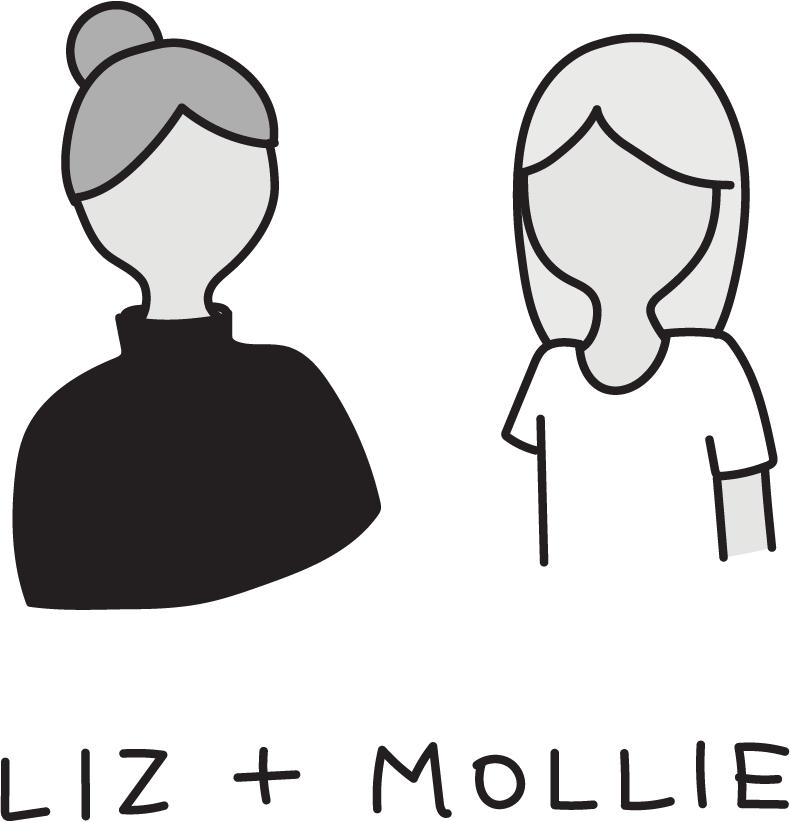One of the parts of the book writing that we were most curious about (and quite honestly, most worried about), was working with our editor. We’d heard stories from writer friends about editors who were either too engaged (re-writing large portions of the manuscript) or not engaged enough (being incommunicado for large stretches of the process and then only giving minimal guidance). We’d also heard of editors who had very different visions for the book than the authors did.
We were very lucky! Our editor at Portfolio, Leah, ended up being exactly what hoped for. She set up bi-monthly calls with us where she gave us a lot of very helpful feedback-- while also respecting our vision for the book.
The first thing Leah asked us to do in May 2017 was write a detailed outline for the book. We’d created a basic outline for our book proposal, but decided to rework the chapters based on the feedback we had received during our meetings with publishers (when we were selling the book).
Leah gave us feedback on the new outline, and then we started writing a chapter. We decided to write the health chapter first, even though we didn’t think it would be the opening chapter of the book. We had already extensively researched health, so it felt like a natural place to start.
(Pro-tip: if you’re writing a book, start a document to collect any research about it even before you start writing in. We started a shared research document when we first started our proposal, so 9 months later when we actually started writing the book, that document was 20 pages long-- full of snippets of research, links, and ideas, all organized by chapter.)
We wrote the draft collaboratively and then shared a rough version with Leah. She gave us line edits (edits about particular sentences or paragraphs) in the google document, and then gave us bigger picture feedback in an email and over the phone during one of our bi-monthly calls. One of her comments was, “Normally I might have a lot of strong opinions and suggestions about a first draft of a chapter, but this one's just so good.” (This was not true for all our chapters!)
After we’d made changes to the draft based on Leah’s edits, we started on the next chapter. For some of the chapters, Leah only made line edits, but for others, she’d suggest big changes or major restructuring.
By March 2018, we’d finished drafts of all the chapters. Leah read-through the entire manuscript and told us that we needed a way to better connect each individual chapter. We decided to use our “New Rules of Emotions at Work” (see below) as a structuring device, so that each chapter opened up with a new rule supporting the central thesis that “Emotions are inevitable, and so we need to learn to deal with them.”
We also asked an external editor, Julie Mosow, who had helped us with our proposal, to read through the manuscript. We love Leah! We simply wanted to get the opinion of someone who hadn’t been looking at the text for as long as Leah had. Julie helped us restructure and combine what was our intro and opening chapter into one chapter, and showed us where we could build in some more personal narrative.
In the final month, Leah asked us to add in an opening story. We scrambled to think of a story that would work, and went back and forth about whether to use a personal story or a story about some more well-known. In the end, Howard Schultz crying in front of his entire staff was the most powerful opening.
We turned in the final manuscript on May 15th, 2018, about a year after we started working on it. Liz then had another two weeks to finalize the 175 illustrations.
Overall, we’re so happy with our collaboration with Leah!

